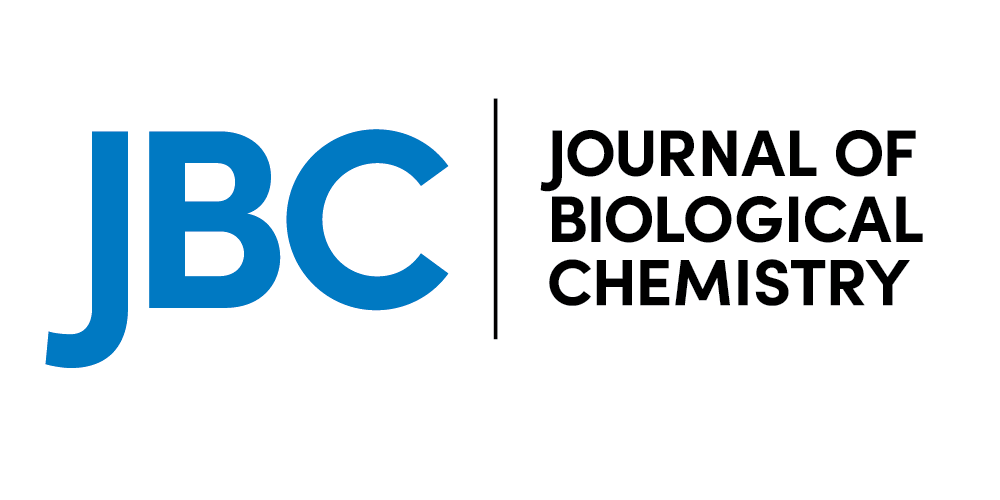
The poor and nonselective penetration of current chemotherapeutics across the plasma membranes of cancer cells, which is necessary for the targeted disruption of the intracellular machinery, remains a major pharmaceutical challenge. In several cell types, including mast cells and macrophages, exposure to extracellular ATP is known to stimulate passive entry of large and otherwise membrane impermeable catio nic dyes, which is usually attributed to conduction through ionotropic P2X receptors. Here, we report that elevations in cytosolic Ca2+ stimulate the rapid uptake and nuclear accumulation of a DNA-binding fluorescent cation, Hoechst 33258 (H33258), in cervical cancer cells. The H33258 uptake was dependent on activation of intermediate conductance Ca2+-activated K+ channels (KCa3.1), and direct stimulation of the channel with the activators SKA 31 and DCEBIO was sufficient to induce cellular uptake of H33258 directly. In contrast to the results from cancerous cervical cells, KCa3.1-dependent H33258 uptake was rarely observed in epithelial cells derived from the ectocervix and transformation zone of healthy cervical tissue. Furthermore, whole-cell patch clamp experiments and assessment of membrane potential using the slow voltage-sensitive dye DiSBAC2(3) revealed a significant difference in functional KCa3.1 activity between cancerous and healthy cervical epithelial cells, which corre lated strongly with the incidence of KCa3.1-dependent H33258 uptake. Finally, we show that activation of KCa3.1 channels caused a modest but significant sensitization of cancer cells to the growth suppressant effects of H33258, lending plausibility to the idea of using KCa3.1 channel activators to enhance cell penetration of small cationic toxins into cancer cells expressing these channels.



Δεν υπάρχουν σχόλια:
Δημοσίευση σχολίου
Σημείωση: Μόνο ένα μέλος αυτού του ιστολογίου μπορεί να αναρτήσει σχόλιο.